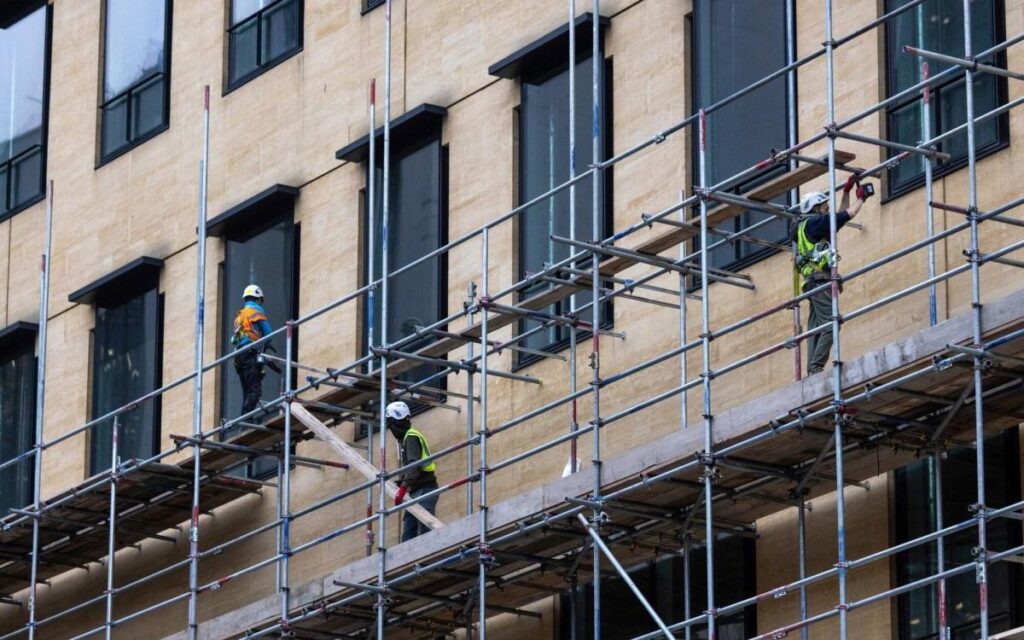Questor is The Telegraph’s stockpicking column, helping you decode the markets and offering insights on where to invest.
The share price may be crumbling but we believe the investment case for landscaping, building and roofing products supplier Marshalls remains solid, so we shall keep faith in the recovery potential at the West Yorkshire company.
The shares are down by almost a fifth since last spring’s initial study, which is not a comfortable position and one in which the interim dividend payment of 2.4p a share makes a small dent.
Worries over the rate at which interest rates may go down in 2025 – thanks to sticky inflation, government borrowing and ructions in the gilt market – are one issue.
Add in increased employee costs thanks to last year’s Budget changes to National Insurance contributions and wider concerns over the flaccid state of the UK economy. It is easy to see why the big, macroeconomic picture looks gloomy, especially as consensus analysts’ forecasts for revenues are down by around 10pc since last spring.
However, there are still three reasons for optimism.
First, profit forecasts for 2024 are all but unchanged, thanks to Marshalls’ ongoing cost and efficiency programmes and also business mix, as sales at the higher-margin roofing operation, Marley, show resilience.
Second, last week’s trading update proved the latter half was better than the first. Roofing sales rose by 4pc across the whole of 2025 and by 15pc year-on-year in the fourth quarter. Building products sales were flat year-on-year in the second half and even landscaping, the weakest area last year, showed lower rates of decline as the year wore on, to suggest the worst may be over.
Finally, debt continues to come down. Adjusting for leases and a pension surplus, net borrowings fell to £165m from £204m, and Matt Pullen, the chief executive, flagged a further reduction in the second half, thanks in the main to healthy free cash flow.
As regular readers are now doubtless fed up reading, this column is a great believer that less debt means less risk and less risk can lead to a higher rating, or multiple of earnings, over time, all other things being equal.
Script
Analysts are trimming the numbers for 2025, so we must not be blind to the risks, even if they seem related to matters beyond management’s control, such as macroeconomic factors.
But the shares are no higher than they were in 2002 and are way down from even autumn’s highs, when last May’s analysis in this column looked a little more inspired than it does right now. That seems to give the company little credit for any potential recovery in profits, for reasons of either self-help or a broader cyclical upturn.
Story Continues


